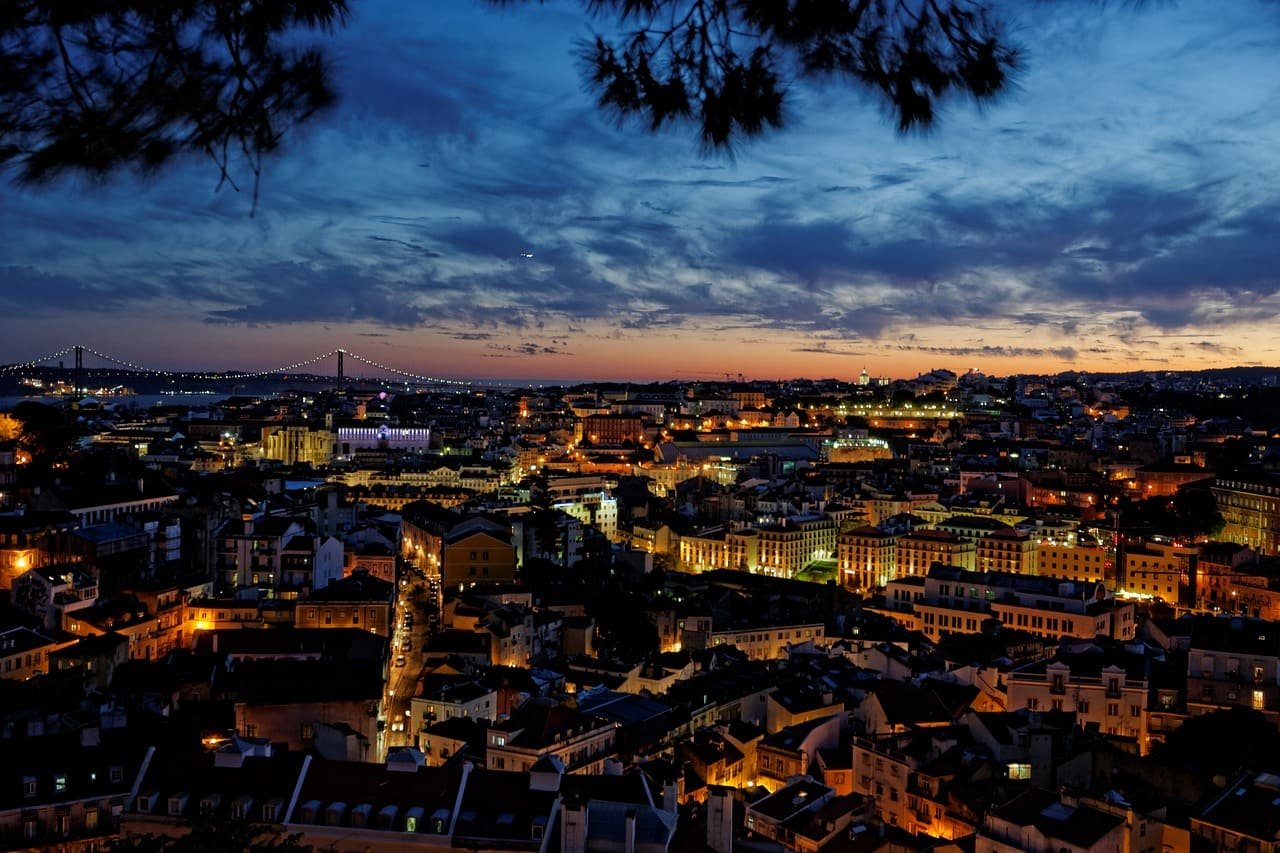Welcome to Best of Lisbon! This guide will make you discover the best attractions, food experiences, and unique activities of Lisbon
Ready to explore? Let Travels Jinn help you plan and manage your unforgettable Lisbon vacation.
Historical Overview of Lisbon
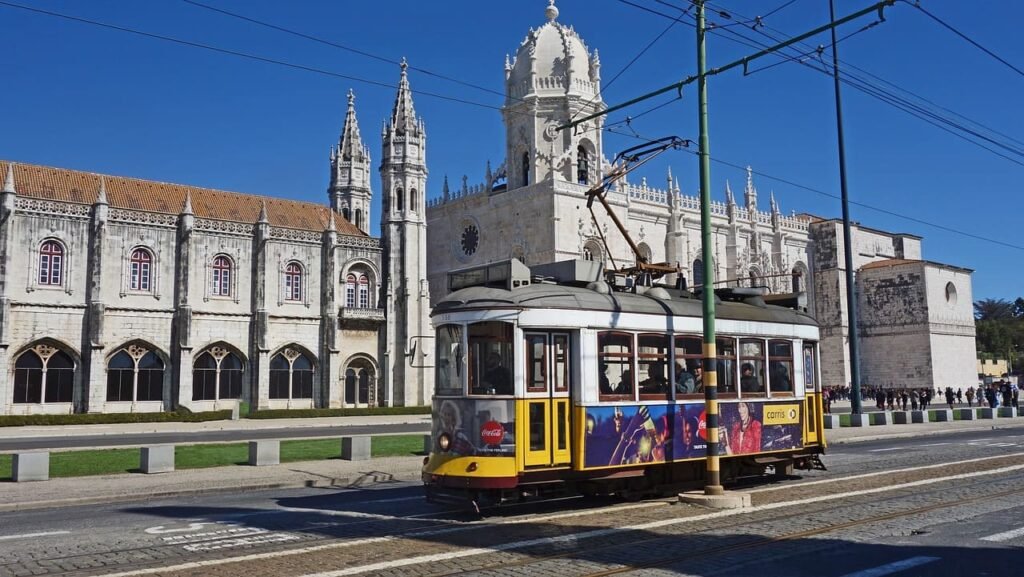
Lisbon’s history is a rich tapestry woven with tales of explorers, kings, and resilient locals. The city has endured earthquakes and witnessed the Age of Discoveries. Key landmarks include the Belém Tower, a symbol of Portugal’s maritime heritage; the Jerónimos Monastery, a masterpiece of Manueline architecture; and São Jorge Castle, offering stunning views of the city. Each of these sites tells a story of Lisbon’s illustrious past.
Key Historical Milestones
205 BC: Roman armies captured the Lusitanian city of Olissipo (modern Lisbon) after the Second Punic War, marking the beginning of Roman influence in the area.
711 AD: Lisbon was conquered by the Moors, who controlled the city for nearly four centuries.
1147: During the Reconquista, Afonso I of Portugal captured Lisbon from the Moors, establishing it as a crucial Christian stronghold.
1255: Lisbon was officially designated as the capital of Portugal, centralizing the political and administrative functions of the kingdom.
1755: The Great Lisbon Earthquake struck, causing massive destruction followed by a tsunami and fires. The disaster led to extensive urban reconstruction under the Marquês de Pombal, reshaping the city’s layout.
1807: The city was occupied by French forces during the Napoleonic Wars, leading to significant political changes and the eventual establishment of the Portuguese court in Rio de Janeiro.
1959: The Lisbon Metro began operations, marking a major advancement in the city’s public transportation infrastructure.
1998: Lisbon hosted Expo ’98, a World Exposition focused on the theme of “The Oceans, a Heritage for the Future,” which led to significant urban development and revitalization of the eastern part of the city.
2007: The Treaty of Lisbon was signed, which was a key moment in European Union history, reflecting Lisbon’s ongoing importance in European affairs.
Cultural and Architectural Legacy of Lisbon
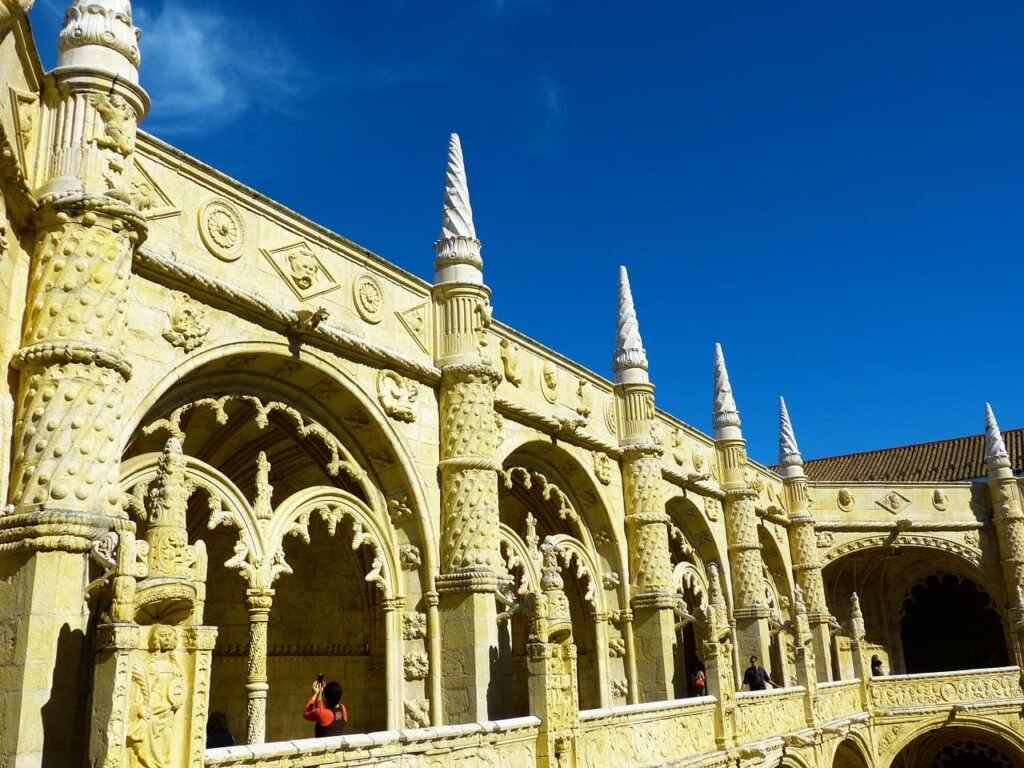
Lisbon’s cultural and architectural legacy is a rich tapestry that reflects its long and varied history.
Cultural Legacy
- Historical Influences: Lisbon’s cultural heritage has been shaped by various civilizations, including the Romans and Moors. Each has left a distinct mark on the city’s culture, from its language and cuisine to its music and traditions.
- Cultural Sites: Lisbon is home to numerous cultural landmarks, including museums, theaters, and historic neighborhoods such as Alfama and Bairro Alto, which showcase the city’s vibrant arts scene and traditional Fado music.
Architectural Legacy
- Romanesque and Gothic: Early architecture in Lisbon includes Romanesque and Gothic styles, with notable examples like the Lisbon Cathedral and the Carmo Convent.
- Manueline Style: The Manueline style, a unique Portuguese architectural style that incorporates maritime elements, is exemplified by the Jerónimos Monastery and the Belém Tower, both UNESCO World Heritage sites.
- Pombaline Architecture: After the devastating 1755 earthquake, the Marquês de Pombal spearheaded the reconstruction of Lisbon with innovative architectural techniques, resulting in the distinctive Pombaline style seen in the Baixa district.
- Modern and Contemporary: Lisbon also boasts modern and contemporary architectural marvels like the MAAT (Museum of Art, Architecture, and Technology) and the Vasco da Gama Tower, reflecting the city’s ongoing architectural evolution.
Lisbon’s cultural and architectural legacy not only highlights its historical significance but also demonstrates its continuous growth and adaptation through the centuries.

Belém Tower stands proudly on the Tagus River, a sentinel of Portugal’s glorious age of exploration. This UNESCO World Heritage site offers insight into Lisbon’s maritime history and provides breathtaking views from its battlements.
Jerónimos Monastery
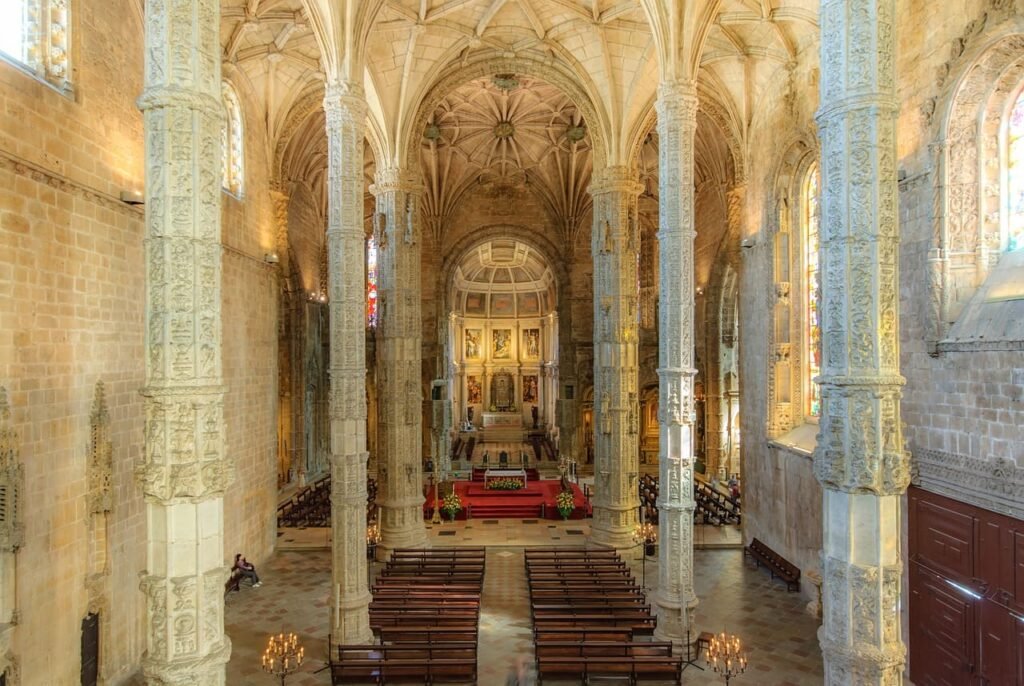
A stone’s throw from Belém Tower, the Jerónimos Monastery is an architectural marvel. Its intricate design and historical significance make it a must-visit. Don’t miss the tomb of Vasco da Gama, Portugal’s famed explorer.
São Jorge Castle
Perched on a hilltop, São Jorge Castle is a historic fortress with panoramic views of Lisbon. Wander through its ancient walls, explore the archaeological museum, and imagine the medieval past coming to life.
Alfama District
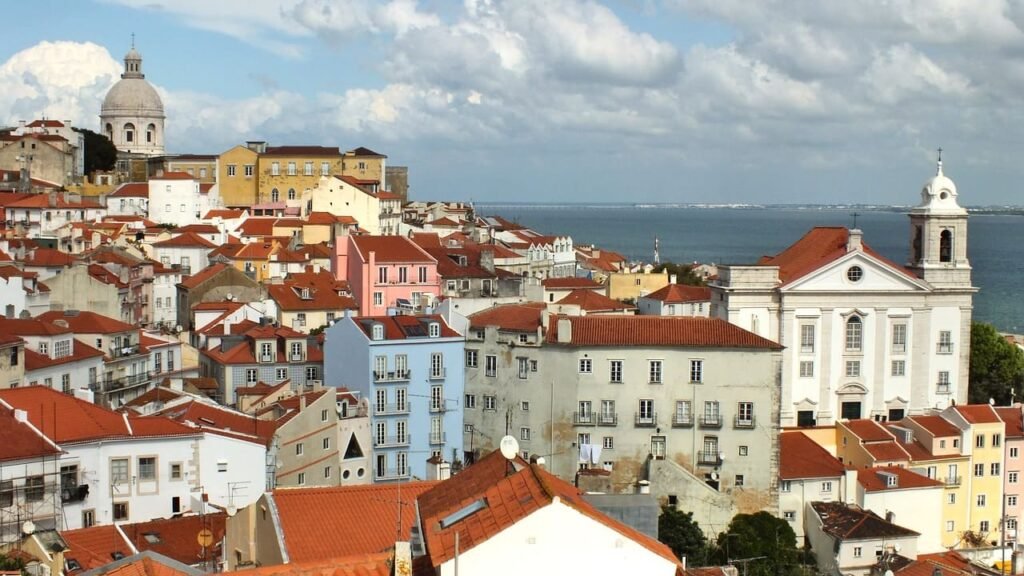
Lose yourself in the narrow, winding streets of Alfama, the oldest district in Lisbon. Here, you can feel the heartbeat of traditional Lisbon with its Fado music, quaint shops, and local eateries.
Praça do Comércio
This grand square by the river was once the gateway to Lisbon. Today, it’s a bustling area filled with shops, cafes, and a central point for exploring the city.
Hidden Gems in Lisbon
LX Factory
Once an industrial complex, LX Factory is now a hub of creativity. Explore its eclectic mix of shops, restaurants, and art spaces. It’s a perfect spot for discovering Lisbon’s contemporary culture.
MAAT (Museum of Art, Architecture, and Technology)
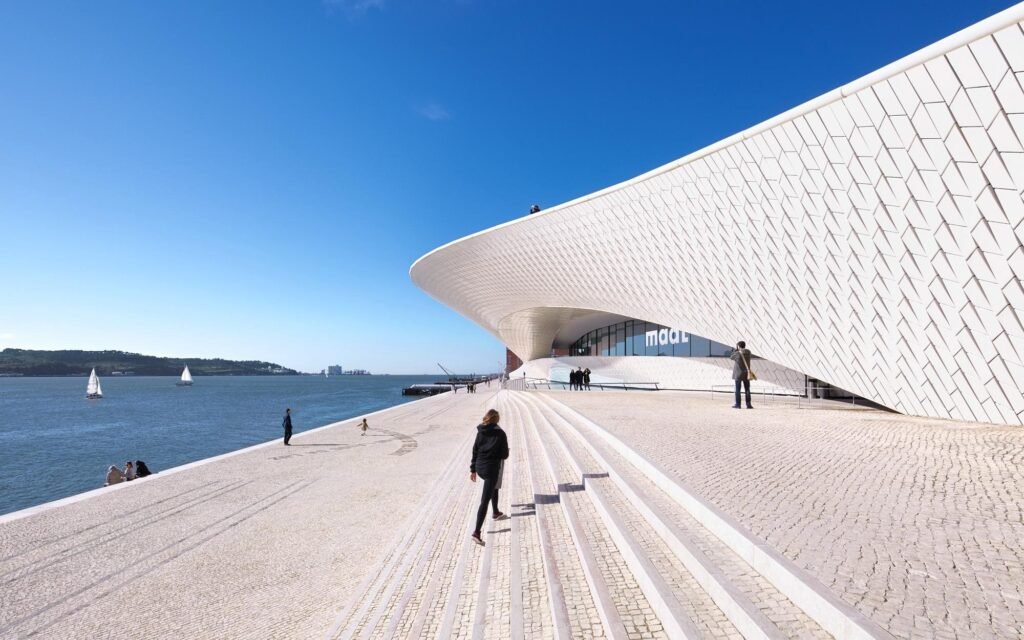
MAAT is a striking modern museum that explores the intersection of art, architecture, and technology. Its innovative exhibits and stunning riverside location make it a highlight of any visit.
The National Tile Museum
Dive into Portugal’s rich tradition of azulejos (tiles) at the National Tile Museum. The beautiful tiles tell stories of the country’s history and culture, and the museum itself is a work of art.
Tapada das Necessidades
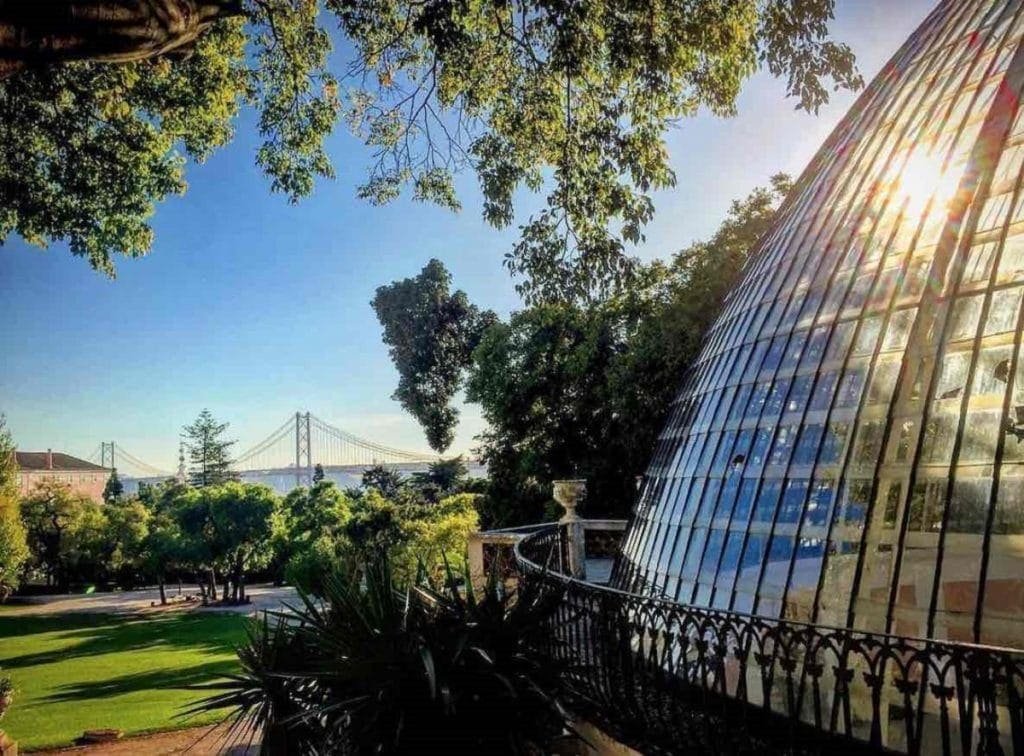
This hidden park is a serene escape from the city’s hustle and bustle. With its beautiful gardens and peaceful atmosphere, Tapada das Necessidades is perfect for a relaxing stroll.
Popular Activities and Experiences
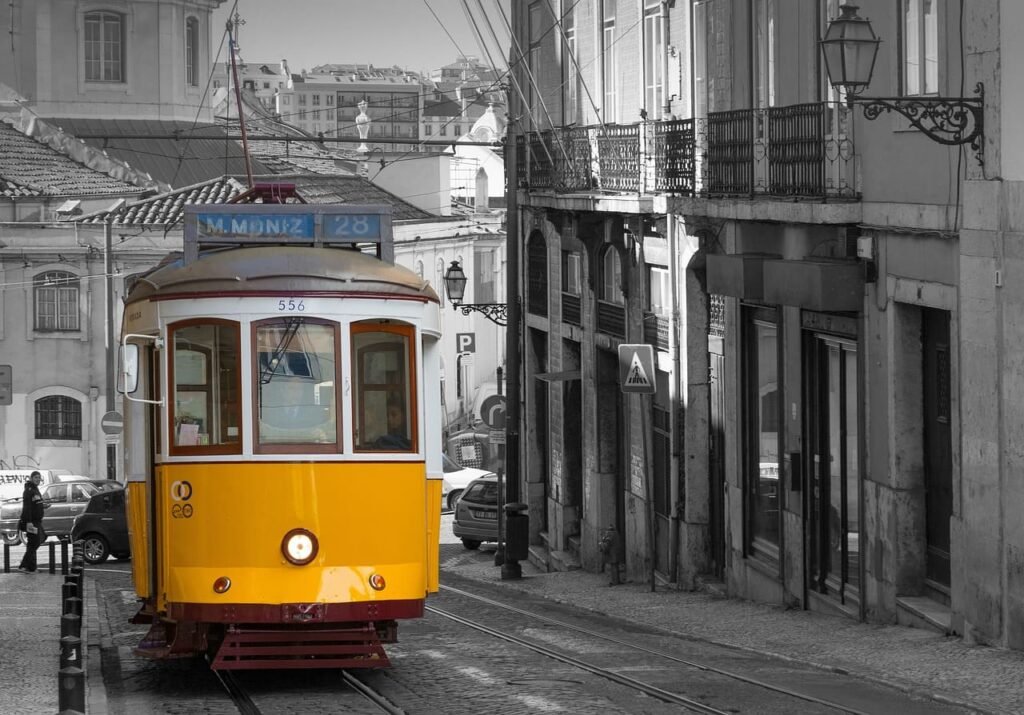
- Tram 28 Ride: The iconic Tram 28 is a vintage yellow tram that navigates through some of Lisbon’s most charming neighborhoods, including Alfama and Graça. It offers a nostalgic and scenic tour of the city’s narrow streets, historic buildings, and picturesque squares.
- Miradouros (Viewpoints): Lisbon is renowned for its beautiful viewpoints, known as miradouros. Noteworthy ones include:
- Miradouro da Senhora do Monte: Offers panoramic views over the city and the Tagus River.
- Miradouro de São Pedro de Alcântara: Provides a great vantage point of the city’s hills and the Castelo de São Jorge.
- Miradouro de Santa Catarina: Popular for its relaxing atmosphere and views over the Tagus.
- Riverfront Walk: A stroll along the Tagus Riverfront is both relaxing and scenic. Key highlights include the revamped area around the MAAT (Museum of Art, Architecture, and Technology), the Belem Tower, and the Monument to the Discoveries.
Local Tours and Excursions
- Walking Tours: These tours offer deep dives into Lisbon’s rich history and vibrant culture. Options include:
- Historical Walking Tours: Explore the ancient streets of Alfama, the oldest district, or the grand avenues of Baixa.
- Fado Tours: Discover Lisbon’s traditional Fado music with performances in historic venues.
- Tuk-Tuk Rides: These small electric vehicles provide a fun and convenient way to navigate Lisbon’s hills and narrow streets. Tuk-tuk tours are customizable and often include local guides who share insider knowledge and personal anecdotes.
- Food Tours: Lisbon’s food tours take you to various eateries and markets to sample traditional Portuguese dishes, including local favorites like pastéis de nata and petiscos (small plates).
Look for tours with Travels Jinn!
Seasonal Events and Festivals
- Festa de Santo António: Held in June, this vibrant festival celebrates Lisbon’s patron saint. The streets of Alfama and Mouraria are filled with music, dance, parades, and the aroma of grilled sardines. It’s a lively celebration of local culture and tradition.
- Lisbon Music Festival: Throughout the summer, Lisbon hosts various music festivals, including jazz, classical, and electronic music events. These festivals often feature both international and local artists.
- Christmas Markets: During the holiday season, Lisbon’s Christmas markets, such as those in Praça do Comércio and Rossio Square, offer festive food, crafts, and holiday decorations, creating a magical atmosphere.
Food and Dining in Lisbon

Famous Portuguese Dishes:
-
- Bacalhau à Brás: A comforting dish of shredded salt cod, onions, and potatoes bound together with scrambled eggs and garnished with fresh parsley and olives.
- Sardinhas Assadas: Grilled sardines seasoned with sea salt, typically enjoyed during the summer and especially at local festivals.
- Pastéis de Nata: These iconic custard tarts, often enjoyed with a sprinkle of cinnamon and powdered sugar, are best sampled fresh from local bakeries.
Best Places to Eat
- Time Out Market: This renowned food market in Cais do Sodré offers a vibrant mix of local and international cuisine. You can taste dishes from some of Lisbon’s best chefs and explore a variety of food stalls featuring everything from gourmet sandwiches to traditional Portuguese pastries.
- Michelin-Starred Restaurants:
- Cozy Tasca (Taverns):
- A Tasca do Chico: A popular spot in Bairro Alto known for its traditional Portuguese petiscos (small dishes) and live Fado music.
- Taberna da Rua das Flores: Offers a charming atmosphere and a menu featuring seasonal and traditional Portuguese dishes.
Food Markets and Street Food
- Mercado da Ribeira: Also known as Time Out Market, it is a hub of gastronomic activity with a variety of food stalls and restaurants. It’s an excellent place to sample diverse Portuguese specialties and international cuisine.
- Mercado de Campo de Ourique: A vibrant food market offering a range of fresh produce, gourmet food, and local delicacies. It’s a great place to experience Lisbon’s culinary scene in a lively setting.
- Street Food: While street food is less prevalent compared to other major cities, Lisbon’s food trucks and pop-up stalls often feature traditional snacks like bifanas (pork sandwiches) and chamuças (Portuguese-style samosas).
Lisbon Accommodations
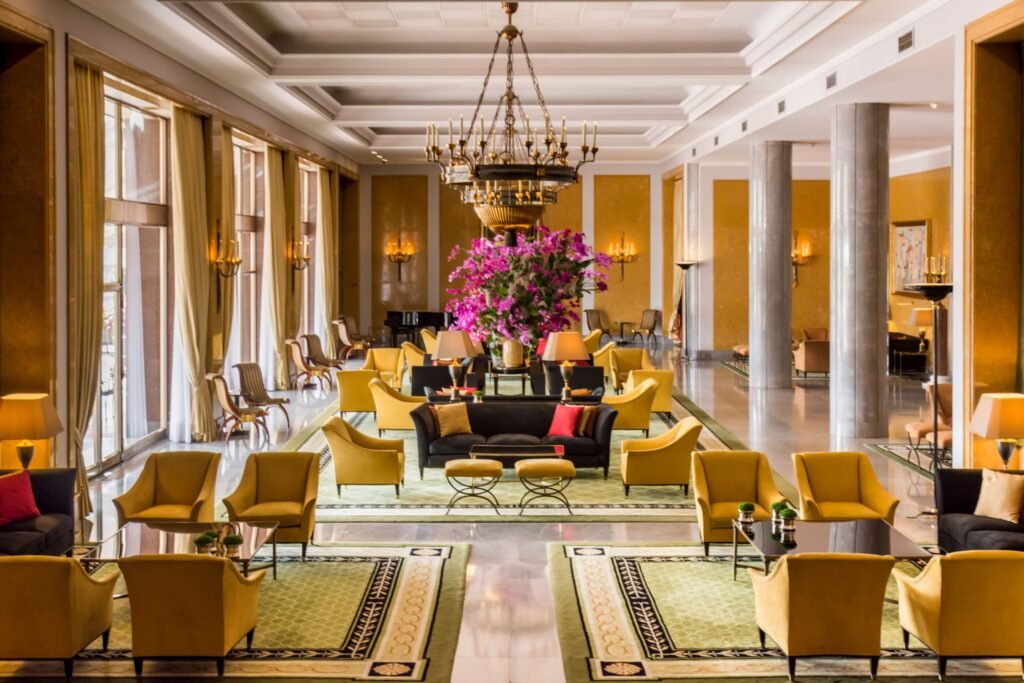
Luxury Hotels
Lisbon features several high-end hotels offering exceptional service and amenities. Examples include:
-
- Four Seasons Hotel Ritz Lisbon: Known for its luxurious accommodations and excellent views of the city.
- Bairro Alto Hotel: A boutique hotel blending contemporary style with classic comfort in a prime location.
Charming Hostels
Perfect for budget travelers and those seeking a social atmosphere.
-
-
- Home Lisbon Hostel: Popular for its friendly staff and vibrant communal areas.
- The Independente Hostel & Suites: Offers a unique blend of stylish interiors and a lively social scene.
-
Recommended Areas to Stay
- Baixa: The heart of Lisbon, perfect for first-time visitors with its central location and easy access to major attractions like Praça do Comércio and Rossio Square.
- Chiado: Known for its artistic and cultural vibe, featuring elegant shops, theaters, and cafes. It’s a great area for those interested in Lisbon’s cultural heritage.
- Alfama: The oldest district, renowned for its narrow, winding streets and historic charm. It’s ideal for those wanting to experience traditional Lisbon and its famous Fado music.
Transportation in Lisbon
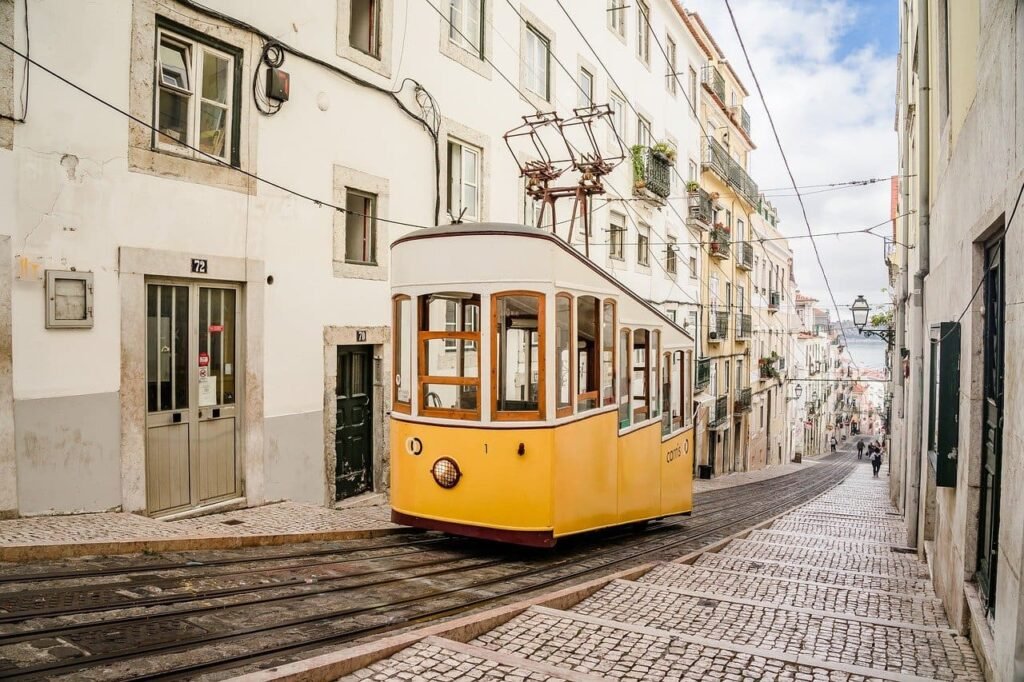
How to Get Around the City
Lisbon’s public transportation system is extensive and efficient, making it easy to explore the city. Key options include:
- Metro: Fast and efficient, connecting major areas including the city center, business districts, and suburbs.
- Trams: The historic tram 28 is a must-try, offering a scenic tour through neighborhoods like Alfama and Graça.
- Buses: Cover a wide range of routes and are useful for areas not served by the metro or trams.
- Funiculars and Elevators: Elevadores like Santa Justa provide unique views while helping you navigate Lisbon’s hills.
Tips for Navigating Public Transport
- Viva Viagem Card: This reusable card offers convenience for all public transport, including metro, buses, trams, and ferries. It can be purchased and recharged at metro stations and convenience stores.
- Metro System: The fastest way to travel, with frequent services and a clear map.
- Tram Rides: Ideal for tourists looking to enjoy Lisbon’s charm. Note that tram 28 can be crowded, so consider riding early or late in the day.
Airport and Train Station Information
- Lisbon Airport (Humberto Delgado Airport): Connected to the city center via the metro (Red Line), buses, and taxis. The journey to the center takes about 20 minutes.
- Major Train Stations:
- Santa Apolónia: Lisbon’s main train station with connections to Spain and other parts of Portugal.
- Oriente: A major hub for trains, including high-speed options to northern Portugal and international destinations.
Shopping in Lisbon
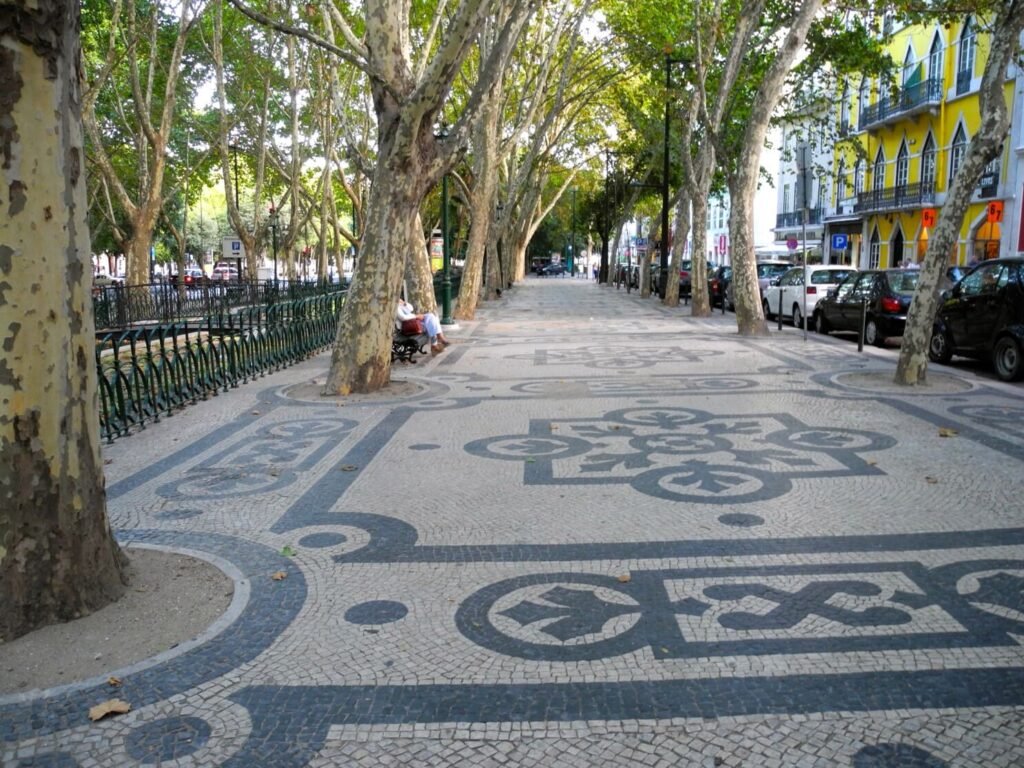
Famous Shopping Districts and Streets
- Avenida da Liberdade: Lisbon’s luxury shopping street featuring high-end brands and designer stores.
- Chiado: A vibrant area blending traditional and modern shops, including bookstores, boutiques, and cafes.
- Bairro Alto: Known for its eclectic mix of unique boutiques and vintage shops, perfect for finding quirky and local items.
Local Markets and Boutiques
- Feira da Ladra: A popular flea market held in Alfama, offering antiques, collectibles, and a local atmosphere.
- LX Factory: A trendy cultural space hosting a weekend market with handmade crafts, local food, and unique finds.
Souvenirs to Buy
- Azulejos: Traditional Portuguese ceramic tiles, often featuring intricate patterns and designs.
- Cork Products: Portugal is renowned for cork, with items ranging from bags to coasters.
- Local Delicacies: Bring home some port wine or canned sardines, iconic to Lisbon’s culinary culture.
Discover Lisbon: Nightlife and Entertainment
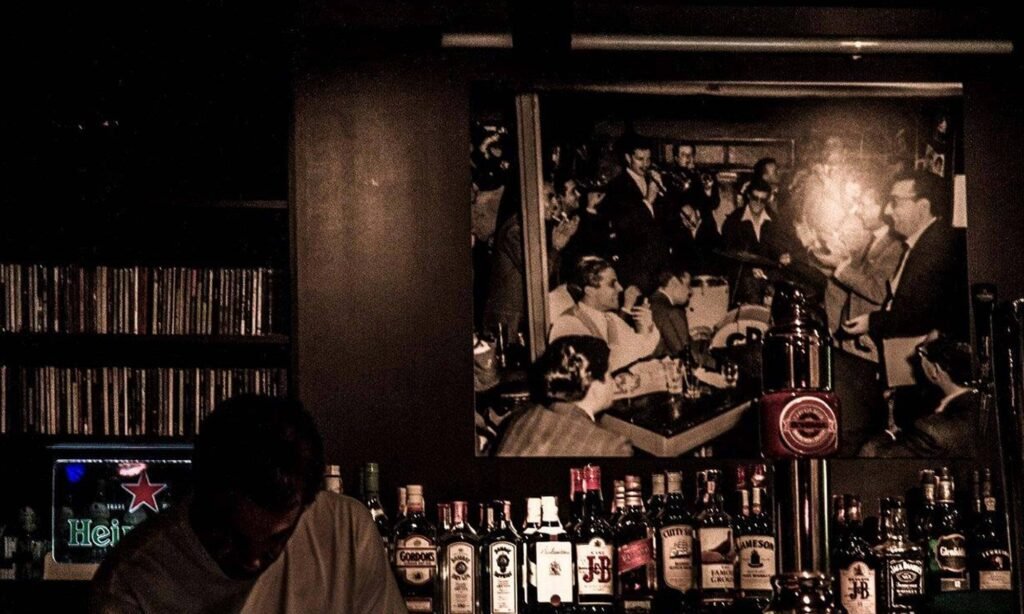
Bars, Clubs, and Nightlife Spots
Lisbon’s nightlife is vibrant and varied. Bairro Alto is the heart of the city’s bar scene, while Cais do Sodré offers trendy clubs and late-night fun.
Live Music Venues and Theaters
Enjoy live music at venues like Hot Clube de Portugal, one of Europe’s oldest jazz clubs, or catch a show at Teatro Nacional D. Maria II.
Cultural Performances
Experience the soulful sounds of Fado music in Alfama or Bairro Alto. These traditional performances capture the essence of Lisbon’s culture.
Practical Information & Tips to Visit Lisbon
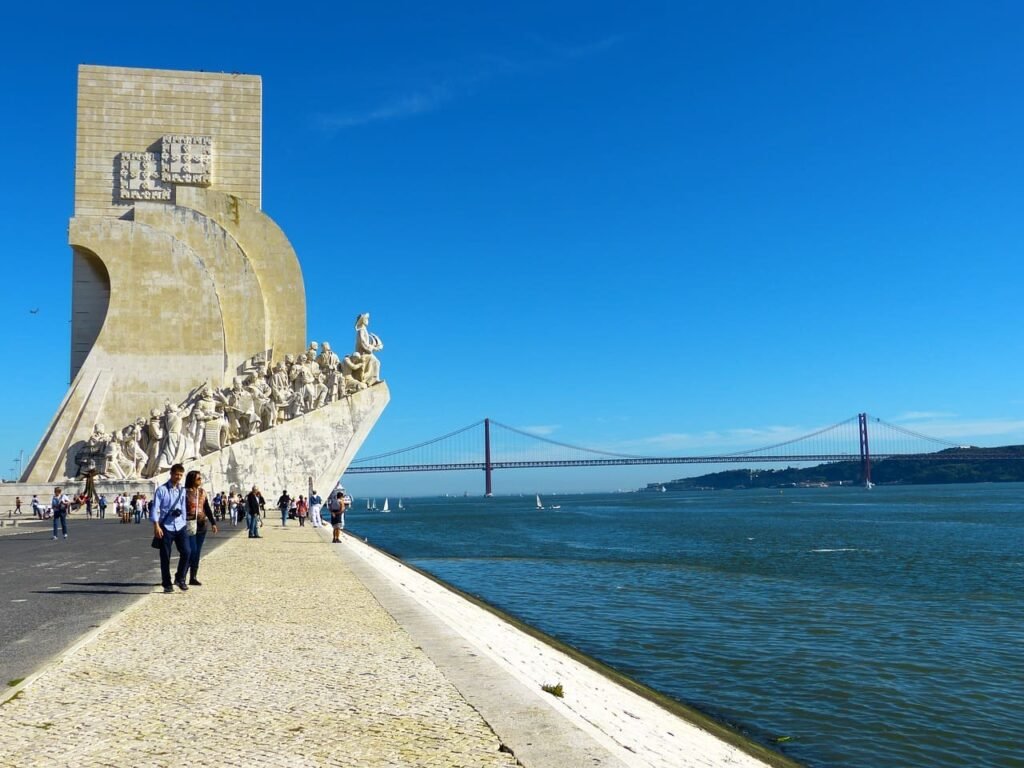
Safety Tips and Emergency Contacts
Lisbon is generally safe, but it’s always good to stay aware of your surroundings. Keep emergency contacts handy and know where to find local police and hospitals.
Language and Common Phrases
Portuguese is the official language, but English is widely spoken. Learn a few basic phrases like “Obrigado” (Thank you) and “Por favor” (Please) to enhance your experience.
Currency, Tipping, and Payment Methods
The currency is the Euro. Credit cards are widely accepted, but it’s handy to have cash for smaller establishments. Tipping is appreciated but not obligatory.
Best Time to Visit
Lisbon is a year-round destination, but the best times to visit are spring (March to May) and fall (September to November) when the weather is mild and the crowds are fewer.
Day Trips and Excursions from Lisbon
Nearby Towns and Attractions
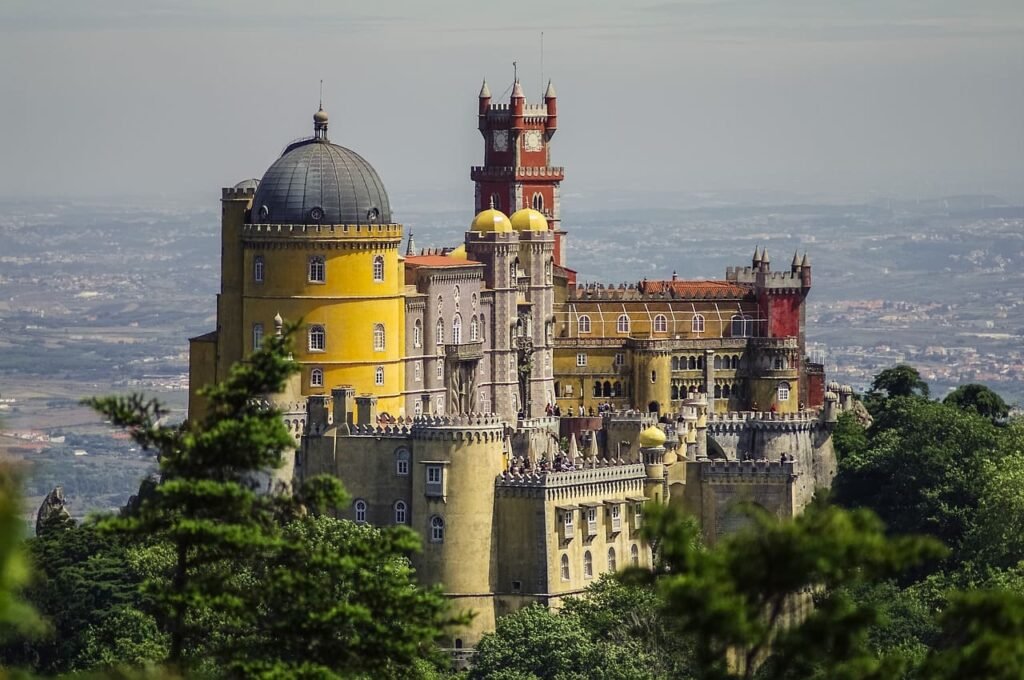
Take a day trip to Sintra, with its fairytale palaces and stunning landscapes. Other nearby gems include Cascais, a charming coastal town, and Évora, a UNESCO World Heritage site.
Guided Day Trips and Self-Guided Itineraries
Whether you prefer guided tours or exploring on your own, there are plenty of options for day trips from Lisbon. Discover the beauty and history of the surrounding areas.
Do you want to learn more about Portugal? Our Portugal Guide is for you! Do you want to discover other European cities? Read our 18 Best Cities to visit in Europe.
If you want to plan your travel to Lisbon, Travels Jinn is with you:
- Travel Advice will find you the best accommodations, car rentals, flights, or activities.
- Travel itinerary will design personalized itineraries that fit your unique interests.
- In addition Travels Guide is your expert pocket guide, providing real-time advice and insights, everywhere!
- Travel Translate and Travel Cost Tracking are additional services to make your holidays as easy and magic as possible!
Travel to Lisbon with Travels Jinn!

